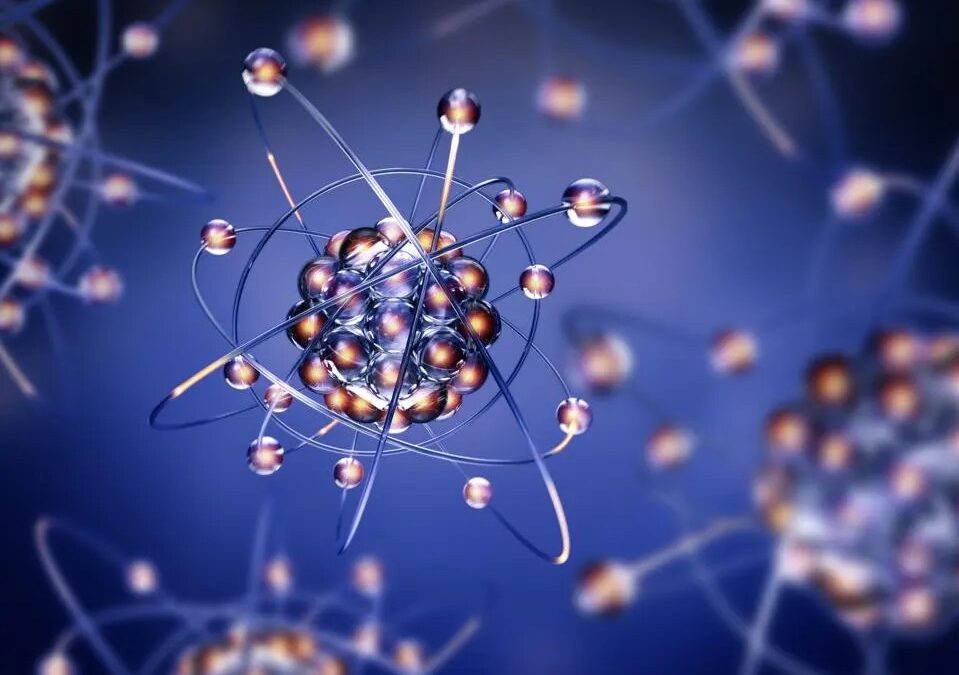Introduction to Nanotechnology in Technical Ceramics
The fusion of nanotechnology with technical ceramics represents a significant leap in the field of material science, marking a new era of innovation and capabilities. Nanotechnology, which involves manipulating materials at an atomic or molecular scale – typically between 1 and 100 nanometers – allows for unprecedented control over the properties of materials. Technical ceramics, known for their exceptional strength, thermal stability, and wear resistance, are particularly well-suited to benefit from nanoscale enhancements. This synergy has led to the creation of materials with superior properties and has opened up new possibilities in various high-tech industries.
The application of nanotechnology in technical ceramics involves fine-tuning the microstructure of these materials. By controlling the size, shape, and distribution of particles at the nanoscale, significant improvements in mechanical, thermal, and electrical properties can be achieved. This level of control results in ceramics that are not only stronger and more durable but also more versatile in their applications than traditional ceramic materials.

Enhancing Properties: The Nanoscale Advantage
Strength and Toughness
One of the most notable improvements when applying nanotechnology to technical ceramics is the enhancement of their mechanical properties, particularly strength and toughness. Nanostructured ceramics exhibit a marked increase in these properties due to the refinement of their grain structures. The smaller grain size leads to a more uniform distribution of stress across the material and reduces the likelihood of crack propagation. Furthermore, the nanoscale grains restrict the movement of dislocations within the ceramic matrix, contributing to an overall increase in strength and toughness.
Thermal Stability and Resistance
Another significant benefit of nanotechnology in technical ceramics is the improvement in thermal properties. These nanostructured materials demonstrate enhanced thermal stability, meaning they can maintain their integrity and performance at higher temperatures. This quality is particularly valuable in applications such as aerospace engineering, automotive industries, and other high-temperature environments. The improved thermal stability is largely due to the refined grain structure, which reduces the incidence of thermal stress and minimizes grain boundary sliding at elevated temperatures.
Wear Resistance
Wear resistance is another critical area where nanotechnology has a profound impact on technical ceramics. By reducing the grain size to the nanoscale, the surface area of the grain boundaries increases, resulting in a denser and more homogeneous material. This increased density significantly enhances the material’s resistance to wear, erosion, and mechanical stress, making it ideal for use in environments where durability and longevity are paramount.
Applications Across Industries

Aerospace and Defense
The aerospace and defense sectors are among the primary beneficiaries of advancements in nanostructured technical ceramics. These materials are increasingly used in components such as turbine engines, thermal insulation systems, and protective coatings. Their enhanced performance, durability, and resistance to extreme environmental conditions make them ideal for these applications. Additionally, the lightweight nature of these ceramics, coupled with their enhanced strength, contributes to reducing the overall weight of aircraft and spacecraft, a critical factor in aerospace design.
Electronics and Semiconductors
In the realm of electronics and semiconductors, the use of nano-enhanced technical ceramics is transformative. These materials serve crucial roles in insulators, substrates, and heat sinks, where their superior thermal conductivity and electrical insulation properties are essential. They play a key role in managing heat and protecting sensitive electronic components from thermal damage, thereby enhancing the reliability and performance of electronic devices.
Medical Technology
The medical industry has also seen significant advancements through the application of nanostructured technical ceramics. These materials are increasingly used in the manufacture of prosthetics, implants, and various diagnostic devices. Their biocompatibility, coupled with enhanced strength and wear resistance, makes them ideal for long-term implantable devices. This not only contributes to the advancement of medical technologies but also significantly improves patient outcomes and quality of life.
Future Prospects and Challenges
Emerging Technologies and Ongoing Research
The future of nanotechnology in technical ceramics is filled with potential, driven by ongoing research and the emergence of new technologies. Innovative manufacturing techniques, such as 3D printing and additive manufacturing, are being explored to further enhance the properties of these materials. Researchers are also investigating the potential of nanocomposites, which combine nanostructured ceramics with other materials to create products with tailored properties for specific applications.
Addressing Production Challenges
Despite the exciting prospects, the field faces several challenges, particularly in the production of nanostructured ceramics. Advanced manufacturing techniques are required to achieve the necessary precision at the nanoscale, often leading to increased costs and complexity. Additionally, there is an ongoing need for research into the long-term stability and behavior of these materials under various conditions, to ensure their reliability and safety in long-term applications.
Conclusion
The integration of nanotechnology with technical ceramics has opened a new chapter in material science, characterized by miniaturized strength and enhanced durability. These advancements have broad implications across diverse industries, including aerospace, defense, electronics, and medical technology. As the field continues to evolve, we can anticipate further breakthroughs and innovative applications of these remarkable materials, which will continue to push the boundaries of what is possible in engineering and technology.

